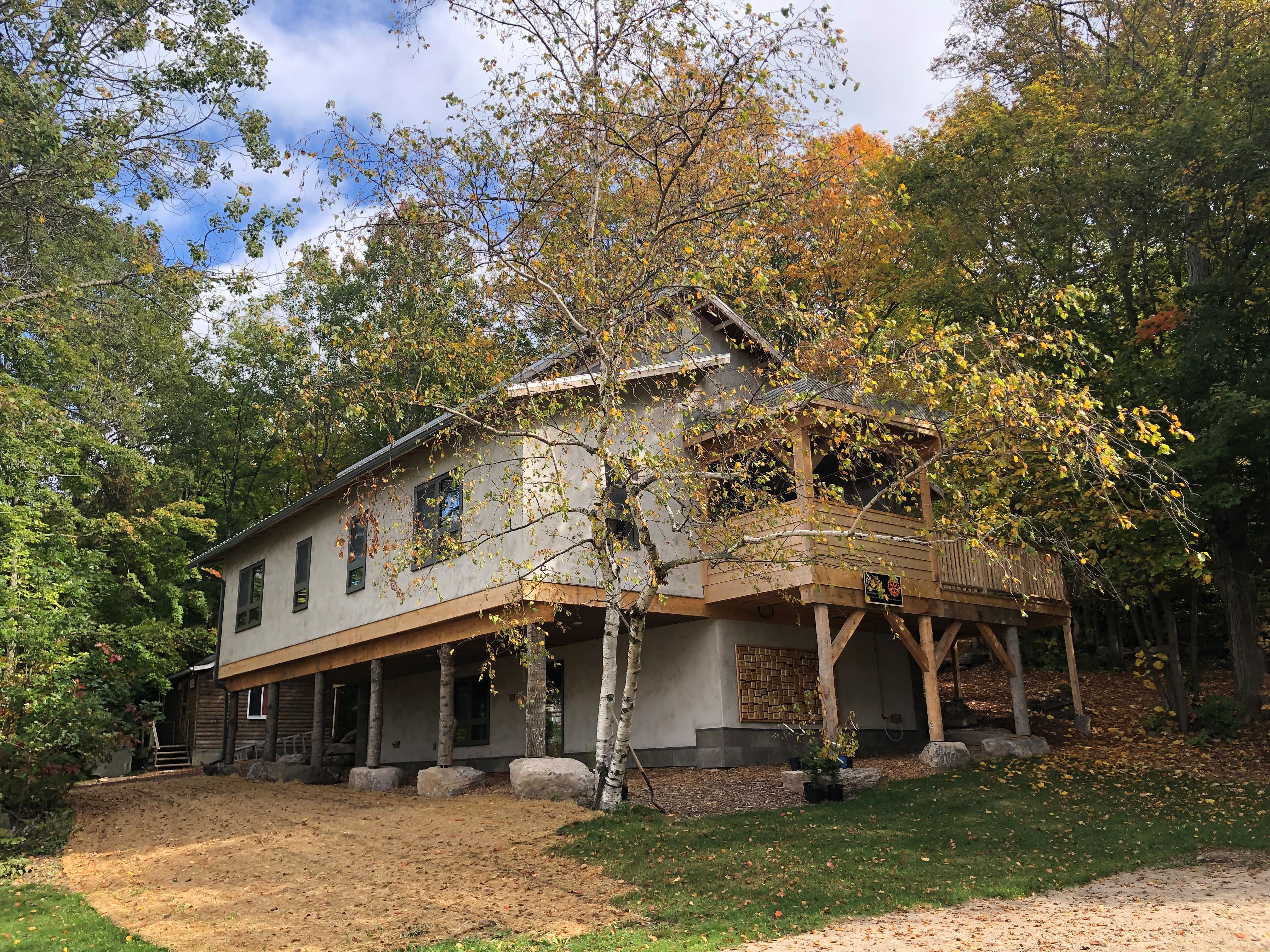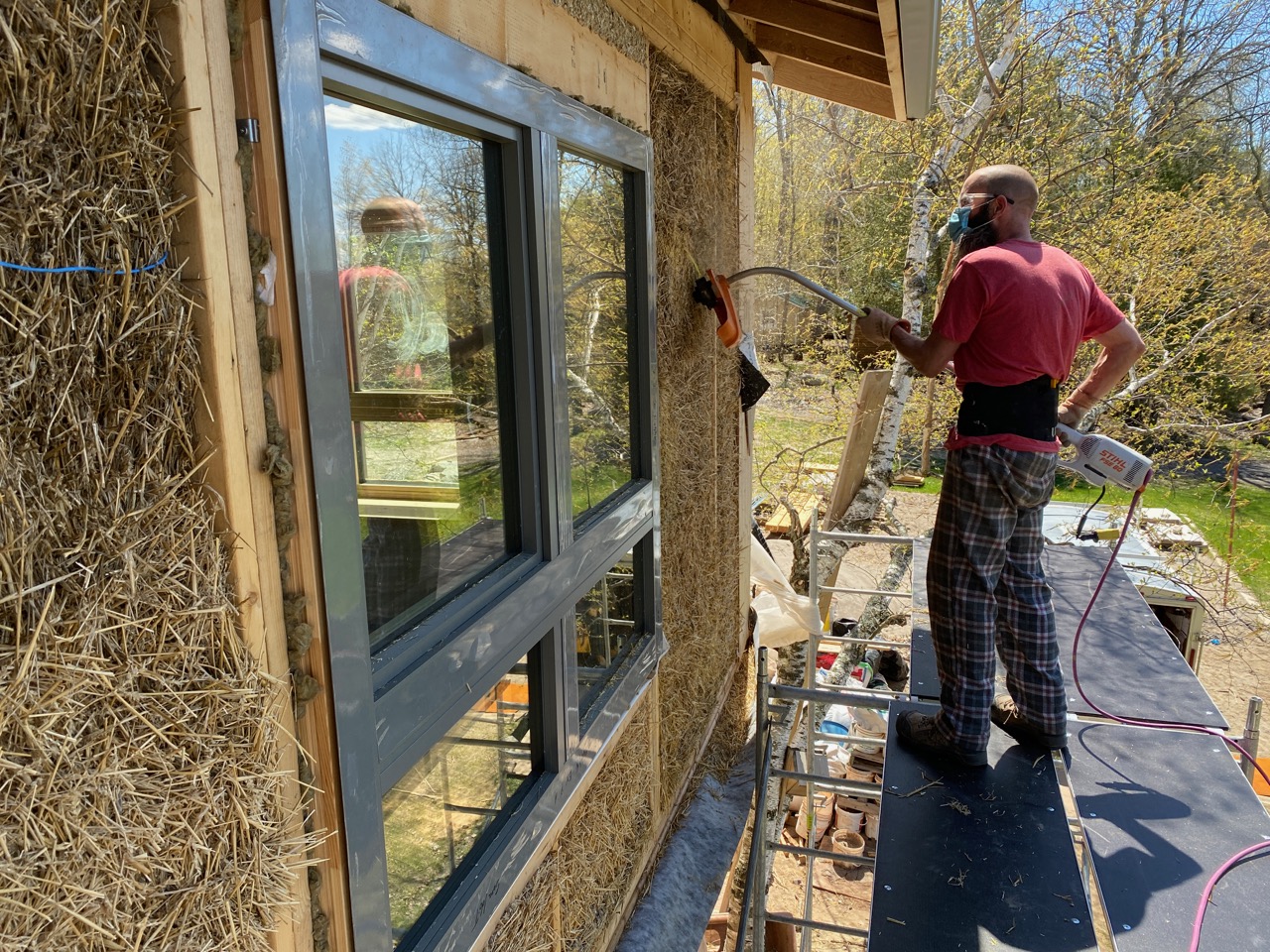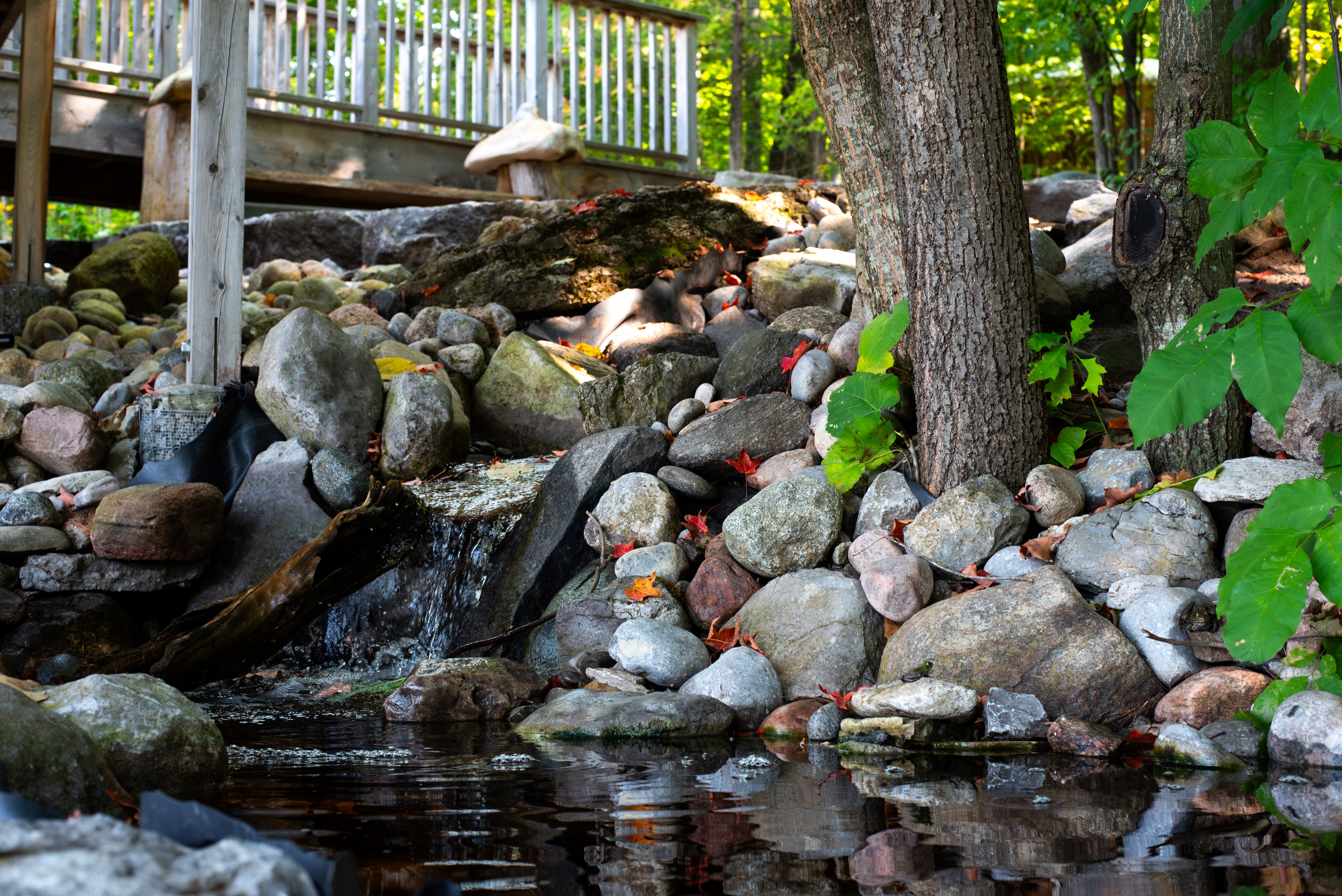Camp Kawartha’s Rotary Health Centre is giving campers something to write home about
Projects Sponsor
A few years ago, it became clear that Camp Kawartha needed to replace its 1950’s-era Health Centre that was aging and poorly insulated. The Camp’s Health Centre serves as a treatment facility for campers, students, visitors and staff. The leadership team saw the new building as an opportunity to not only enhance their environmental programming but also to inspire architects, builders, homeowners, and healthcare practitioners to incorporate these sustainable elements into future designs.

The new Rotary Health Centre demonstrates how buildings can help heal more than just bodies. In order for the new building to reflect the camp’s commitment to environmental stewardship, the new centre would incorporate the very best in sustainable design. That meant creating a building that could act as a carbon sink by incorporating materials that soak up more carbon than that is emitted during construction. The Rotary Health Centre uses non-toxic materials such as earthen floors, hemp and strawbale insulation, a high energy efficient heat pump as well a living roof.
The Camp also wanted to show that it is possible to create spaces where both people and nature can thrive. It was important to the team that the new build and its surroundings encourage children to engage with their environment, while showcasing to the health sector that medical facilities can be designed in a way that is energy efficient and also healthy for the environment. Their vision went beyond sustainability—they wanted to create a space that inspires and regenerates, fostering a deeper connection between people and the natural world.

To this end, Camp Kawartha hired Straworks, a Kawartha-based company specializing in strawbale buildings and sustainable design. Camp Kawartha is also home to the Camp Kawartha Environment Centre, one of Canada’s most sustainable buildings and it also has a number of strawbale buildings at its main site. Straw not only absorbs carbon as it grows but provides significantly better insulation, clocking in at an R-value between 30-40, twice as much as fiberglass insulation. Straworks calculated that building the Rotary Health Centre absorbed 6.5 tonnes of carbon, compared to the 35 tonnes or more a conventional building of the same size would emit. That is a carbon savings of over 40 tonnes for one building! When the useful life of the building is over, much of the material returns to the soil, helping to reduce landfill waste and recycle nutrients.
The Rotary Health Centre is an example of how to create buildings that not only sequester carbon but are designed in a way to incorporate nature into the built environment. Around the Rotary Health Centre, pollinator gardens were installed—a bird-friendly area full of native plant species that attract wildlife. A water feature, a living roof and a sensory garden further encourage children to engage with the environment. All in all, Camp Kawartha has created a space that looks after the health needs of the camp’s children inside and out.

The project’s costs, like many other projects built at this time, escalated during construction, going up $100,000 over the initial $375,000 budget. This presented a formidable challenge to the small not-for-profit charity. Ultimately, the innovative nature of the project attracted attention and sufficient funds were raised. The lessons learned from this creative and ambitious project are already having positive impact. In addition to workshops provided to the public during construction to learn about regenerative design, a variety of tours for architects, builders, students, campers, and the public are held regularly. Upwards of 1,200 people have walked through the health centre and have left inspired to build a better world. A handbook describing the sustainable features of the Rotary Health Centre is available on Camp Kawartha’s website
All in all, the Rotary Health Centre at Camp Kawartha offers just the kind of fun and educational lessons a camp and outdoor education centre should offer, the kind that, you could say, come naturally.













